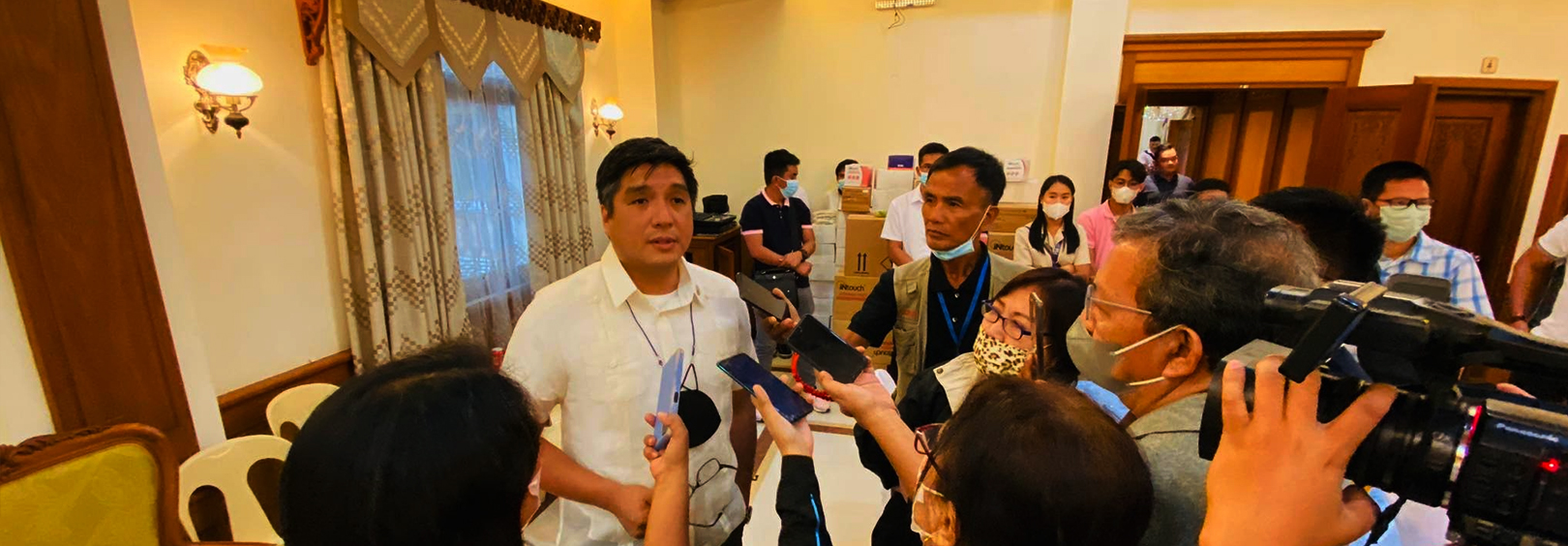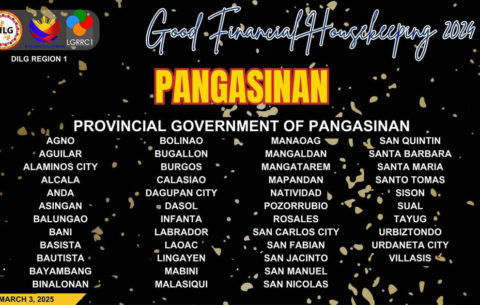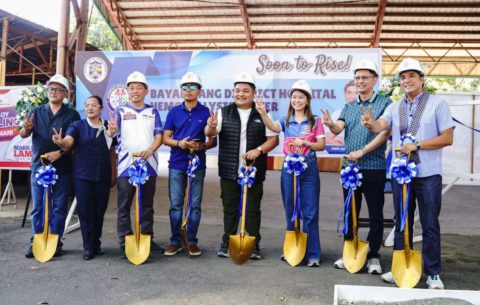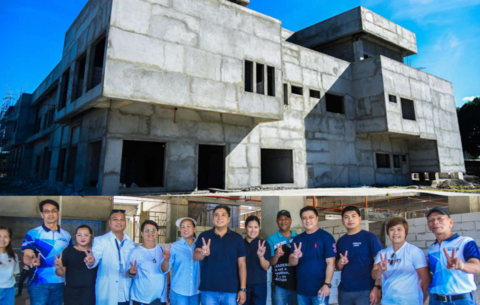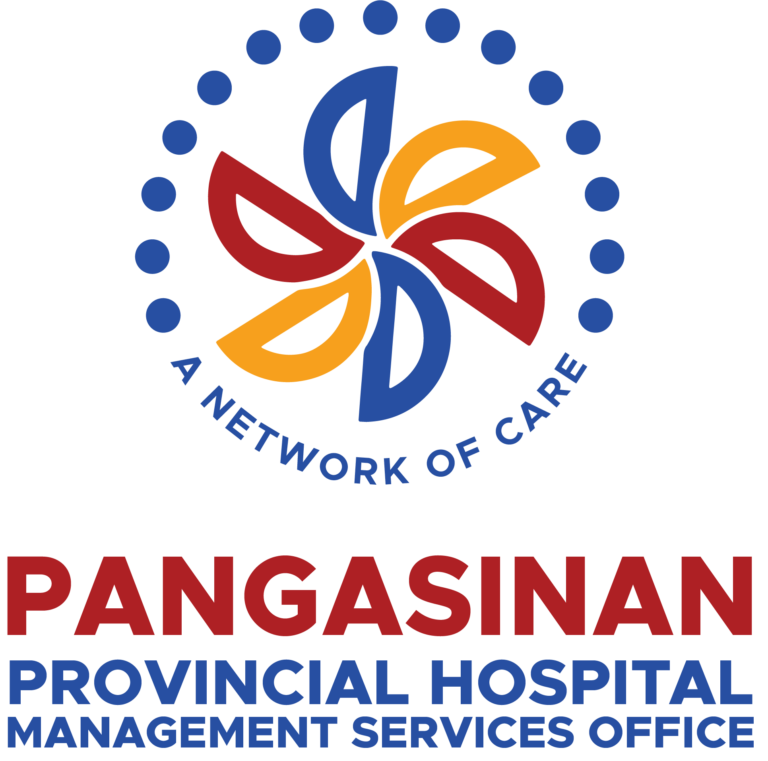Lingayen, Pangasinan—Pangasinan will experience tremendous breakthroughs in the coming months as a result of the gargantuan projects under the stewardship of Governor Ramon V. Guico III.
With Gov. Guico leading the game-changing plan for the province, big ticket projects were designed and accomplished, such as the establishment of the Pangasinan Link Expressway (PLEX), which broke ground in March; the revitalization of a salt farm located in Bolinao town; the creation of Pangasinan Polytechnic College; the grand reform of all 14 government hospitals; farm mechanization under corporate farming; and the creation of an investment core group.
“Like pieces of a jigsaw puzzle, our campaign promises are now being actualized, one after the other,” Gov. Guico earlier said.
With the construction of the joint venture between the province and San Miguel Holdings Corporation, owned by business tycoon Ramon Ang, the PLEX, which is worth P34 billion, will connect Pangasinan’s eastern and western parts. Hence, the expressway will serve as the gateway to an economic boom through increased revenue in trade and commerce.
“It will serve as a backbone of the province in terms of ease of travel and accessibility. If we are able to construct it, it will open many doors to other towns and cities. There will be growth in investment, jobs created, and the ease of travel in and out of the province,” Gov. Guico disclosed in the groundbreaking of the multi-billion-dollar project fully funded by SMC under the Public-Private Partnership (PPP) scheme.
As regards the physical design, the expressway will have two lanes in either direction. Aside from connecting the eastern and western parts of Pangasinan, PLEX will provide a more efficient connection between the New Manila International Airport located in Bulacan Province and the Tarlac-Pangasinan-La Union Expressway.
As previously disclosed, the work is carried out in two stages. The completion date for the project will depend on the timeline for the acquisition of the land along the alignment.
Pangasinan Salt Center
The revitalization of the salt industry, a leading local industry in the province that needs to be bolstered to live up to the stature of being the ‘home where salt is made.’ Previously managed by Pacific Farms Inc., whose foreshore lease contract had expired in 2002, the Pangasinan Salt Farm located in Brgy. Zaragoza in Bolinao was shut down in February 2021.
After Gov. Guico assumed office in July 2022, the provincial government took charge of its operation. The salt farm started producing salt thereafter. Just recently, the salt farm sold 40,000 bags of agricultural grade salt fertilizer (AGSF) to a trader who supplies for the Philippine Coconut Authority (PCA) for the agency’s coconut fertilization program.
Pangasinan, the destination
In its aim to repackage Pangasinan as the province of choice among local tourists and foreign visitors, various tourism projects were undertaken, such as the establishment of the Pangasinan Banaan Museum located at the Casa Real and the facelifting of the Capitol Complex.
Hence, two corporate towers will be built to house various offices of the provincial government and some national line agencies.
To add a sense of tranquility and beauty, construction of the reflecting pool and interactive fountain is presently underway. Overlooking the historic Lingayen Gulf, the landmark project will serve as a tourist come-on with the aesthetic vibe of trumphet blooms similar to that of Singapore.
Hospital of Choice
In addressing the primary needs of the 3.4 million Pangasinenses for improved health care, all 14 government hospitals in the province were improved by increasing their authorized bed capacities and are now equipped with newly acquired state-of-the-art medical and laboratory equipment, highly-trained medical practitioners, and additional manpower as well. Soon, all district hospitals will have their own hemodialysis center to address the needs of patients with kidney ailment.
Through the organization of the Provincial Hospital Management Services Office (PHMSO), a landmark project of Gov. Guico, and through collaborative effort with the Provincial Health Office (PHO), the province was able to distinguish the curative and preventive aspects of health services under a more organized function.
Playing a pivotal role in assisting Pangasinense indigents and financially incapacitated patients, a hefty amount of P495,401,375.65 was downloaded to the province, which was divided among the 14 government hospitals through the Medical Assistance to Indigent and Financially Incapacitated Patients (MAIFIP). This is the biggest fund acquired by the provincial government since the program was launched in 2019.
Based on the report of PHMSO, from 2023 to 2024, the total number of patients catered by the 14 hospitals under the MAIFIP program reached 182, 679.
Pangasinan Polytechnic College
A rightful answer to the needs of every poor but deserving youth to acquire free education, the Pangasinan Polytechnic College (PPC) was established and is now officially open. Another landmark project of the governor, the first-ever tertiary educational institution in the entire region that is operated by a provincial government, opened its bachelor’s degree programs last August 12 with 700 freshmen comprising the first batch of students.
“We have to acknowledge that the institution will be greater than all of us. We built a clock that tells time, and we are only a part of that whole element. That is the vision. The clock is still ticking, telling time and reminding all of us to be on time. We are good only as our term, but this one will outlast all of us here,” the governor said.
Corporate Farming
As an agricultural province, programs and projects for farmers and fisherfolks were never left behind.
A flagship program of Gov. Guico, Pangasinan’s Corporate Farming Program endeavored to demonstrate food production cost efficiency through a farm consolidation approach, increase production yield through optimum utilization of production inputs and farm machinery, and adoption of a package of technologies.
In a report from the Office of the Provincial Agriculturist (OPAg), it was stated that Pangasinan reached 209% rice sufficiency in 2023. This, according to Provincial Agriculturist Dalisay Moya, was accomplished after rice farmers produced a total of 1.3 million metric tons from the 267,946.14 hectares of land.
Recently, the Philippine Center for Postharvest Development and Mechanization (PhilMech) donated a new set of agricultural machinery to the province.
Said donation, which is the second time, is under the Rice Competitiveness Enhancement Fund-Mechanization Program established in support of the national government’s food sufficiency thrust under the agriculture department’s MasaganaProgram.
Revenue collection
Due to the strict implementation of tax collection, Pangasinan remained on track on target collection.
As of August 27, 2024, the Province of Pangasinan collected a total of P3,964,205,078.05 in tax revenue and has already exceeded its target collections in most income sources, such as local taxes, service income, and business income, among others. (Ruby F. Rayat/PIMRO)


